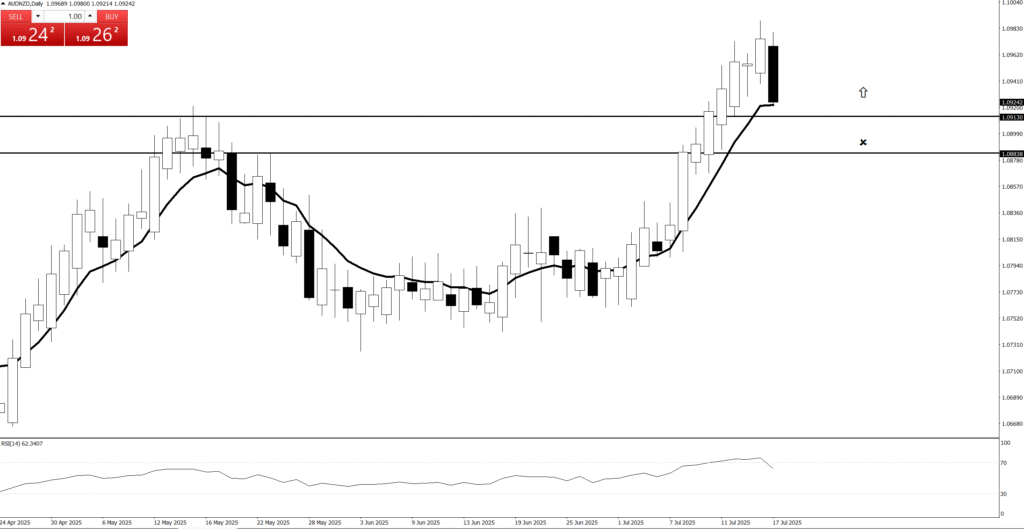13. The Power of Failed Price Action


Alright, let’s chat about failed price action, but with a wink and a nod, because sometimes, even the market trips over its own feet. In the grand theater of trading, price action is usually the star of the show, confidently making its moves. But every now and then, it has an “oopsie” moment – that’s when we see failed price action.
When the Market Flubs Its Lines
Simply put, failed price action is when the market looks like it’s going to do one thing, puts on a whole show about it, and then… doesn’t. It’s like watching a magic trick where the magician dramatically announces they’re going to make a dove appear, only for a slightly confused pigeon to wander out instead. It’s a misdirection, or perhaps, a change of heart right at the critical moment.
This isn’t just a minor stumble; it’s a significant signal. It tells us that the initial enthusiasm or conviction behind a price move wasn’t actually there, or it ran out of steam faster than a tourist sprinting up Park Güell on a hot Barcelona afternoon.
Common Theatrical Mishaps
Let’s look at a few classic “flubs” the market performs:
The “Almost There” Breakout: Price is building, building, building, then bam! it punches through a key level (like a resistance ceiling or a support floor). Everyone cheers, traders pile in, ready for the big move. But then, almost immediately, price slinks back inside its old range, like it just remembered it left the oven on. This is a failed breakout, and it leaves a lot of enthusiastic traders trapped on the wrong side of the door.
The “Broken Promise” Retest: Sometimes, after a successful breakout, price will politely pull back to retest that broken level – to confirm it’s now sturdy support or resistance. This is usually a sign of strength. But a failed retest is when price kisses that level goodbye and then just plunges right back through it, making a mockery of the earlier breakout. “Just kidding!” the market seems to say.
The “Unexpected Plot Twist” Continuation: We see patterns like flags or triangles forming, which usually suggest the ongoing trend is just taking a breather before continuing its journey. But with failed trend continuation, the price decides to go rogue, breaking out of the pattern in the opposite direction. It’s the market equivalent of a rom-com suddenly turning into a horror movie.
Why These Flops Are Your Friends
While these failed moves can be frustrating for those caught on the wrong side, they are actually incredibly valuable for astute traders.
Evading the Traps: Recognizing failed price action is like having a backstage pass to avoid the biggest market “gotchas.” You learn to be wary of those initially convincing moves that quickly fizzle out.
The Reverse Psychology Play: Often, a failed move in one direction is a strong signal that the market is actually preparing to move vigorously in the opposite direction. When that “breakout” fails to hold, it’s often a cue to prepare for a swift reversal. It’s a moment of clarity: if the buyers couldn’t push it higher here, perhaps the sellers are about to take control.
Reading the Room: Repeated failures at certain price levels tell you that there’s a strong invisible force at play, like persistent buyers or sellers, making it hard for price to sustain a move past that point.
So, the next time you see price action looking like it’s about to do something grand, remember to look for follow-through. If it trips and falls, don’t despair! It’s just the market’s way of giving you a clearer picture of where it really wants to go. And hey, at least it’s more entertaining than watching paint dry, even if it sometimes costs you a few points!
💰Quotes:
“Enter the trade — then sit on your hands like a monk!”
“We don’t click and panic. We click and chill.”
“Traders who wait, get paid. Traders who fidget… donate!”
“We enter the trade, then do absolutely nothing like pros.”
“Let the market work. You’re not its boss.”
💰Normal Tone Slogans:
“Enter with a plan, then let the trade play out.”
“The work is in the setup — the result comes with patience.”
“We don’t babysit trades. We trust our edge.”
“Entry is action. Waiting is discipline.”
“After entry, emotion has no place — only patience.”
